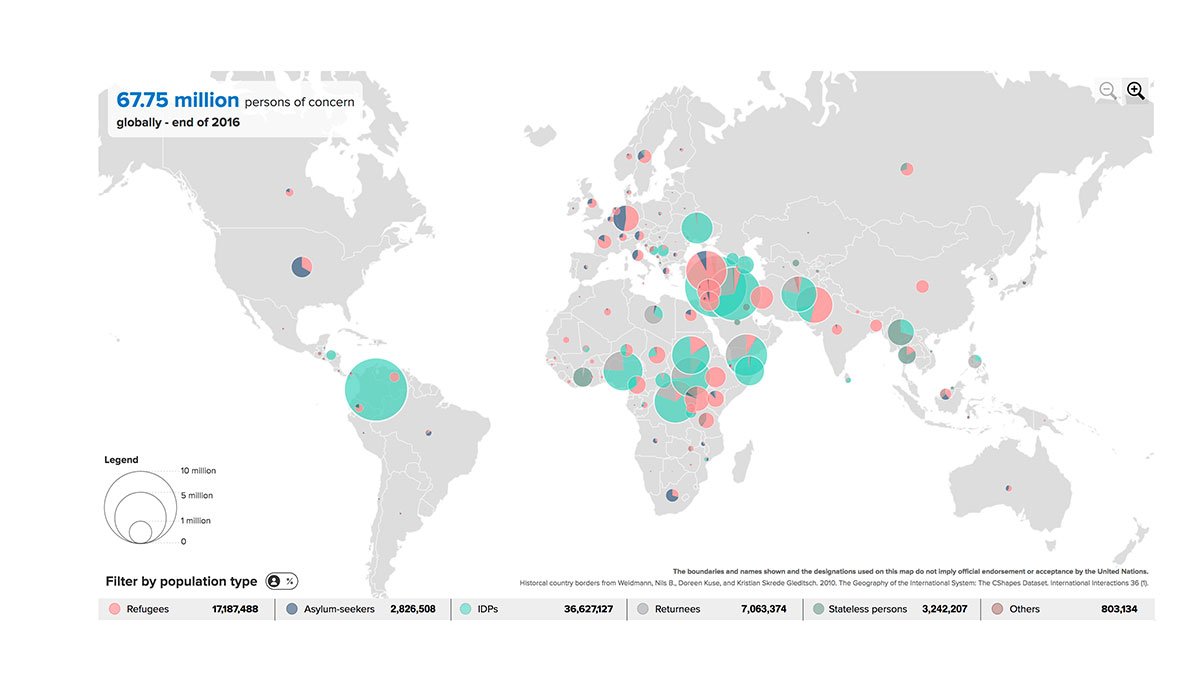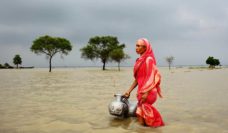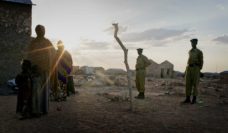In March I wrote about the world’s response to a massive refugee and displaced persons crisis. The United Nations High Commissioner for Human Rights (UNHCR) has since come out with new data showing that the problems are getting even worse.
Three statistics jump out at me as particularly important:
• 67.75 million people are now considered to be ‘persons of concern.’ Persons of concern is a catchall designation that is made up not just of refugees, but also of internally displaced persons (IDPs), asylum-seekers, stateless persons, and returnees, among others. The number of persons of concern is nearly 4 million more than at the end of 2015.
• 5 million people have returned to their country of origin. This is the biggest data swing in the 2016 data. For example, more than 600,000 displaced Syrians returned to their original homes even though much of Syria is left in ruins. In Iraq, 1.40 million people have made their way home with UNHCR help. In Yemen, bombing campaigns and drought are still ravaging the country, but 974,059 have returned.
• The number of IDPs in Colombia increased from 6.9 million to 7.4 million, very nearly matching the number at Syria’s peak during their civil war. IDP numbers have also gone up in the Democratic Republic of the Congo (DRC), Somalia, Afghanistan, Ukraine and South Sudan because of war, drought, famine, disease, and extreme poverty.
The number of returnees in 2016 was higher than any year in the past three decades. The emotional connection to ‘home’ is not easily pushed aside; given the chance, many are going back. Abo Adnan, a Syrian refugee, wrote, in a plea to European leaders to help refugees move back home, “All the Syrians [in Germany] are so grateful for the welcome people have given us but we want to live in Syria, not Germany.”
The UNHCR helps refugees return to their country of origin via their ‘voluntary repatriation’ program. The organization provides safety and security, including essential infrastructure, in order to facilitate the process of return. The UNHCR writes that the return program is “…the durable solution of choice for the largest number of refugees…”
Feature image: UNHCR Population Statistics interactive website













